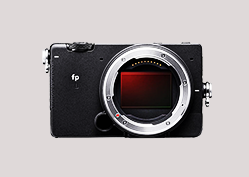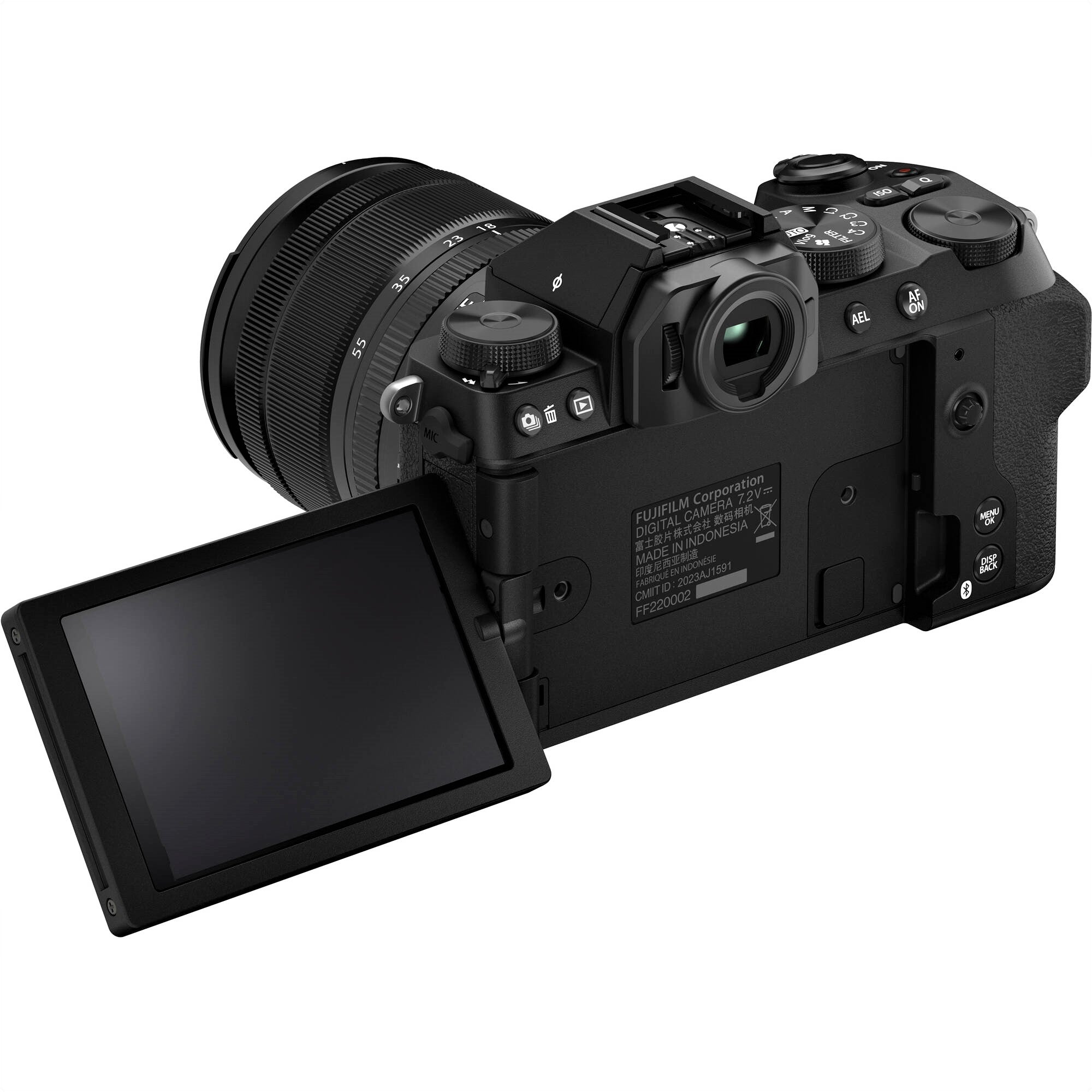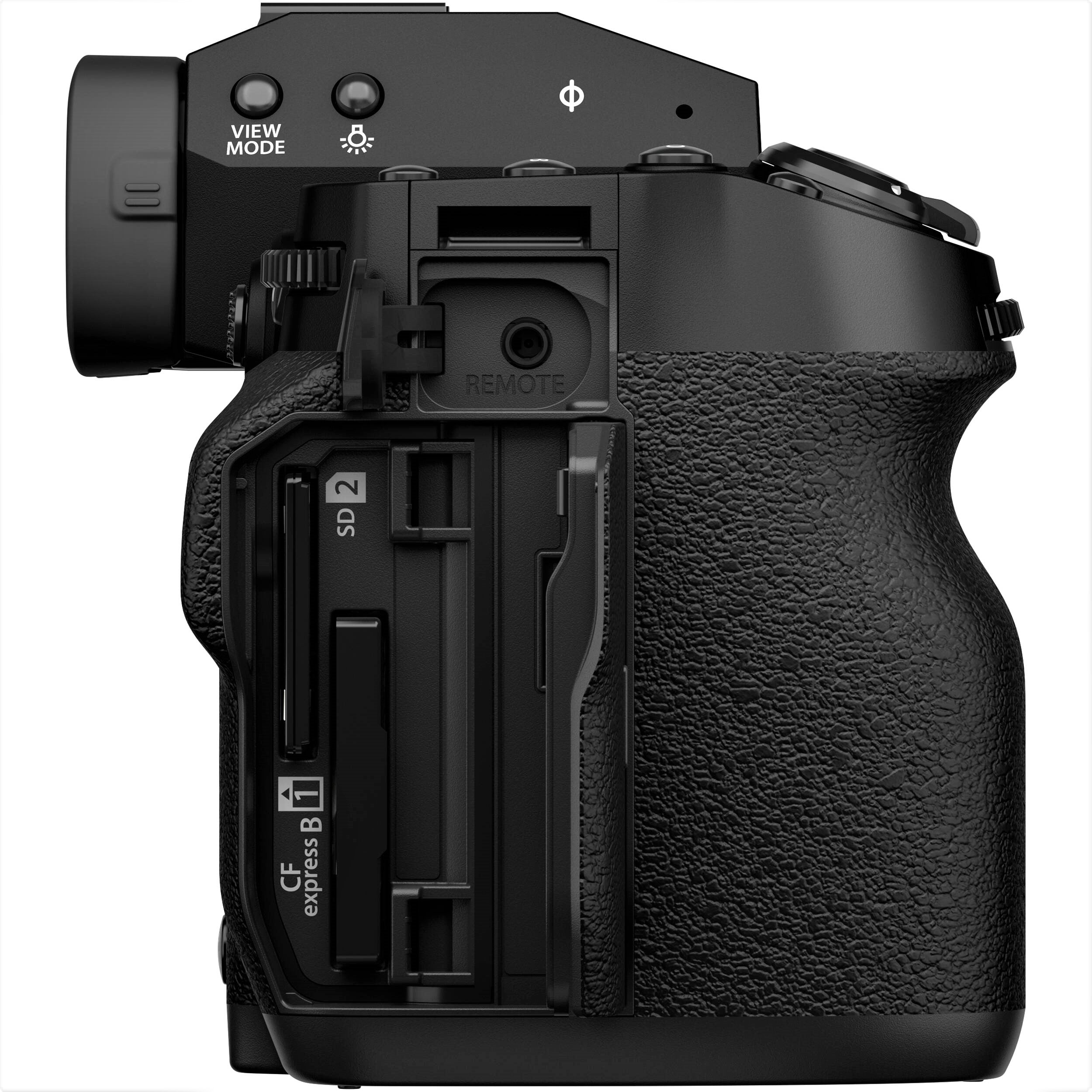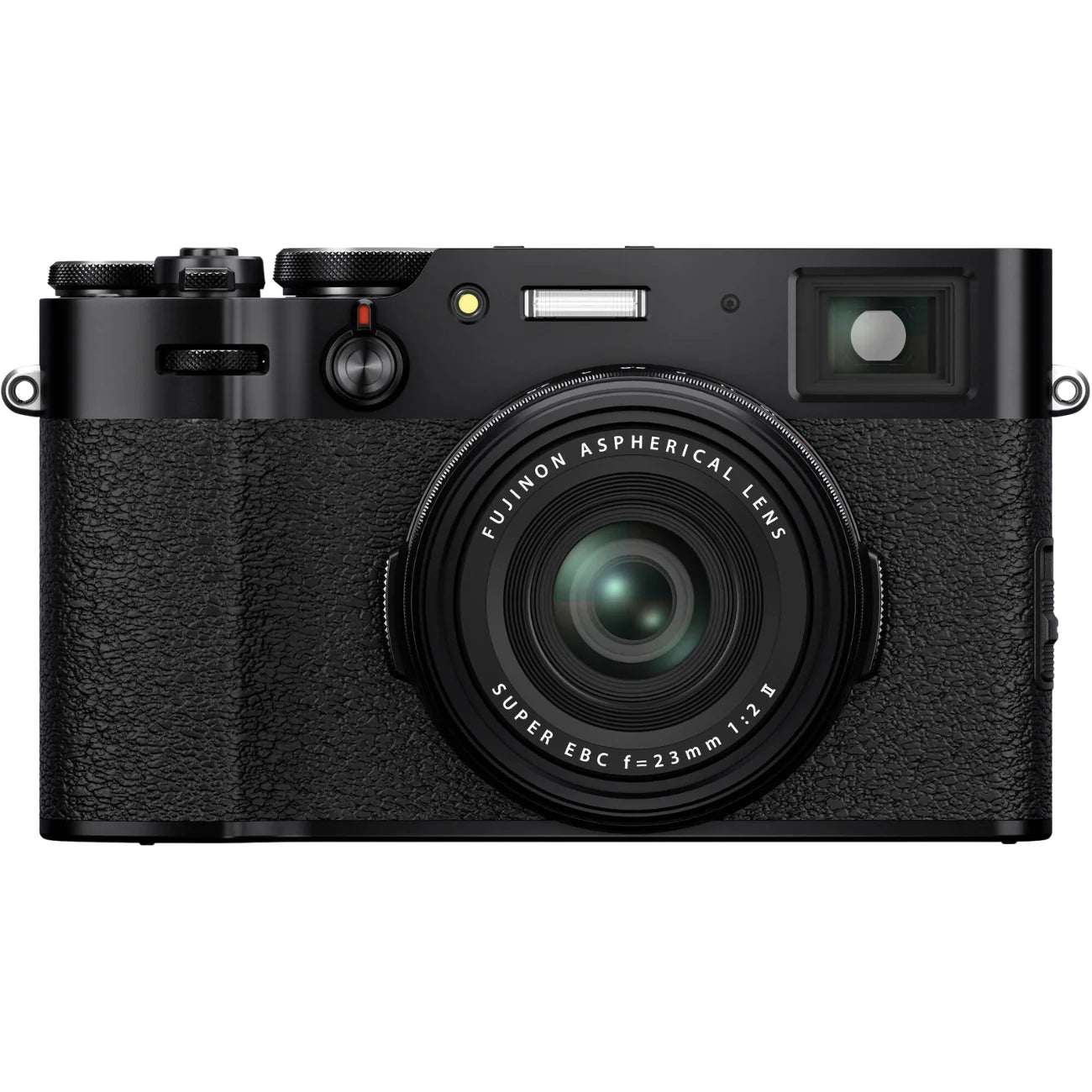You're living in a time where the only way to hold onto a memory is by clinging to it in your mind. No selfies, no snapshots of your epic birthday bash, or even a quick pic of that breathtaking sunset. Sounds pretty unimaginable, right?
Well, that was the deal before cameras came into the picture (pun intended!). Fast forward to now, and we're in this incredible world where capturing a moment is as easy as tapping a button on your smartphone or camera.
In this blog, we're going to time travel through the camera's history. Think of it like a photo album, but instead of baby pictures and awkward teen years, we've got the evolution of cameras – from those big, clunky boxes that were a pain to handle, to the snazzy, do-it-all gadgets we can't live without today.
So, grab your favorite snack, get comfy, and let's take a stroll down memory lane to see how these amazing devices have changed the game in capturing life's moments. Welcome to the fascinating, ever-changing world of cameras!
The Birth of Photography: Early Evolution of Cameras
Let's rewind and take a closer look at how it all started with cameras. It's kind of wild to think that the first big step in camera history was basically a dark room with a tiny hole in it, called the camera obscura.
Picture this: light passes through this hole, casting an image of whatever's outside onto a wall inside the room. It's like watching a live, silent movie, but there's no popcorn! This quirky setup was the real MVP in the early days of photography, laying down the basics of capturing images.

But, hold on, things got even cooler in the 19th century. Cameras started to shrink down from room-size to something you could actually carry around. Enter the Daguerreotype in the 1830s – think of it as the great-granddaddy of the Instagram filters. This gadget was the first one to say, 'Hey, let's take a picture and keep it forever!' It was a game-changer because, for the first time, we could actually freeze a moment in time.
The Daguerreotype was like a magic box that took an image and made it into a shiny, silver keepsake. It wasn't just about capturing images anymore; it was about holding onto memories, something we totally take for granted today.
Camera Evolution Timeline
-
1000s AD – Camera Obscura: The earliest concept of a camera, known as the camera obscura, is used for observing solar eclipses and for artistic purposes. It's not a camera in the modern sense but a natural optical phenomenon.
-
1826 – First Photograph: Joseph Nicéphore Niépce takes the first permanent photograph using a camera obscura and a pewter plate coated in bitumen, titled "View from the Window at Le Gras."
-
1839 – Daguerreotype: Louis Daguerre introduces the daguerreotype, the first practical photographic process, making photography accessible to the public.
-
1888 – Kodak Roll-Film Camera: George Eastman invents the Kodak camera, the first camera designed to use roll film, revolutionizing photography by making it accessible to the average person.
-
1900 – The Brownie Camera: Eastman Kodak releases the Brownie camera, an affordable and simple box camera, further popularizing photography among the general public.
-
1925 – Leica I: The Leica I, a 35mm film camera, is introduced, marking the beginning of high-quality, portable cameras.
-
1948 – Polaroid Model 95: Edwin Land unveils the Polaroid Model 95, the first instant camera, allowing photographs to be developed in minutes after being taken.
-
1975 – First Digital Camera: Kodak engineer Steven Sasson creates the first digital camera, a device far from commercial viability but a significant step towards digital photography.
-
1988 – Fuji DS-1P: Fujifilm releases the DS-1P, the first digital camera that saved images to a memory card.
-
1991 – Kodak DCS 100: The first commercially available digital single-lens reflex (DSLR) camera, the Kodak DCS 100, hits the market.
-
2000 – Sharp J-SH04: The Sharp J-SH04, the first mobile phone with a built-in camera, is released in Japan, paving the way for the smartphone photography revolution.
-
2004 – Canon EOS 1D Mark II: This model sets a new standard for professional digital SLR cameras with its high image quality and speed.
-
2010s – Mirrorless Cameras Rise: Companies like Sony, Fujifilm, and Olympus lead the way in mirrorless camera technology, offering high-quality imaging in a more compact form than traditional DSLRs.
-
2020s – Advanced Smartphone Cameras: Smartphones continue to integrate advanced camera features, challenging traditional digital cameras with their convenience and increasingly sophisticated imaging capabilities.
How Does A Camera Work?

Understanding how a camera works can be quite fascinating. Let's break it down into a simple explanation:
- Light Capture: At its core, a camera is a device that captures light. The basic principle behind a camera is to collect light and record an image of a scene.
- Lens: The journey of capturing an image starts with the lens. The lens is the eye of the camera. It gathers light rays from the scene and focuses them to form a clear image. Lenses can be adjusted (zoomed in or out) to change how much of the scene is captured and how sharp the image is.
- Aperture: Within the lens, there's an aperture, which is like the pupil of an eye. It controls how much light enters the camera. The aperture can be widened or narrowed to let in more or less light, respectively. This not only affects the brightness of the image but also the depth of field (how much of the image is in sharp focus).
- Shutter: Once the light passes through the aperture, it reaches the shutter. The shutter is like an eyelid – it stays closed until you take a picture. When you press the button to take a photo, the shutter opens briefly, allowing the light to hit the image sensor. The duration it stays open is called the shutter speed, and it determines how long the sensor is exposed to light. Fast shutter speeds freeze motion, while slow shutter speeds create a blur effect.
- Image Sensor: The image sensor is the heart of the camera. It's a chip made up of millions of photosensitive diodes called pixels. When light hits these pixels, they convert it into electrical signals. These signals are then processed to create a digital image. In film cameras, this is where the light-sensitive film plays a role, capturing the image chemically.
- Processing: In digital cameras, once the image sensor captures the light, the camera's processor converts the electrical signals into a digital image file. This file is then stored on the camera's memory card. The processor also adjusts the image's color, contrast, and sharpness.
- Display and Storage: Finally, you can view the captured image on the camera's display screen. The image is stored on a memory card and can be transferred to a computer or printed.
In summary, a camera works by focusing light through a lens onto an image sensor (or film), capturing and converting that light into an image, which is then processed and stored as a digital file. This process, which happens in a fraction of a second, allows us to capture and preserve moments in visual form.
From Film to Digital: A Technological Revolution
One of the coolest changes in camera history: when we waved goodbye to film and said hello to digital. This switch was huge – like going from VHS tapes to Netflix! And a perfect example of this game-changing move is the Fujifilm X100V. This camera is like a time traveler, blending a retro vibe with cutting-edge digital features.

Think of the X100V as your creative sidekick. It's got the charm of those old-school cameras (you know, the ones your grandparents probably used), but with the brains of a modern smartphone. This means you get to snap photos that look professional without lugging around a bunch of gear or fumbling with film rolls.
The X100V is all about giving you control. Want to tweak your image settings? Easy. Need to shoot in tricky light? No sweat. It's like having a mini photo studio in your pocket. Plus, the images you get are super crisp, full of color, and just pop in a way that old film cameras could only dream of.
In short, the Fujifilm X100V isn't just a camera; it's a revolution in your hands. It's proof of how far we've come from those early days of photography, where capturing a moment was a whole day's work. Now, it's all about capturing life as it happens, with all the flair and fun you want, thanks to these digital wonders.
The Rise of Mirrorless Cameras: Fujifilm X-T5
The game-changing world of mirrorless cameras. These bad boys are like the rockstars of the camera world right now. And when we're chatting about mirrorless cameras, we've got to give a shoutout to the Fujifilm X-T5. This camera isn't just another gadget; it's like the superhero of mirrorless cameras.

So, what's the big deal with the X-T5? First off, it's like carrying a mini studio in your pocket. We're talking about a camera that's so compact, you won't even feel like you're lugging around a professional camera. But don't let its size fool you – this little powerhouse packs a punch in the image quality department. The photos you get? Crisp, clear, and just plain gorgeous.
But wait, there's more. The X-T5 isn't just about taking pretty pictures. It's loaded with features that can make even a newbie feel like a pro. We're talking intuitive controls, lightning-fast autofocus, and a bunch of other cool stuff that can turn an ordinary shot into a masterpiece.
And here's the kicker – it's not just the pros who are drooling over the X-T5. Even if you're just starting out or consider photography a hobby, this camera is a game-changer. It's like having a pro-level studio right at your fingertips, making it easier for everyone to capture those perfect moments.
In short, the Fujifilm X-T5 isn't just another camera – it's a revolution in your hands. It's changing the game for photographers everywhere, from those who are just dipping their toes into the world of photography to seasoned pros who demand the best.
Conclusion
The journey of the camera, from its humble beginnings to the advanced devices we use today, is a testament to human ingenuity and the relentless pursuit of progress. The evolution of cameras has not only changed the way we capture images but also how we perceive and interact with the world around us.
As we look to the future, one thing is certain: the camera will continue to evolve, bringing new possibilities and ways to capture the beauty of our world.
So, whether you're an experienced photographer or someone who appreciates the art of photography, let's embrace the ever-changing landscape of camera technology and continue to capture moments that tell our stories.
Are you inspired by the evolution of cameras?
Share your thoughts in the comments below, and don't forget to explore the latest camera technologies, like the Fujifilm X100V and X-T5, to see how they can enhance your photography journey.
You can visit Nuzira to check out our cameras and join our Discord channel to spice things up!





